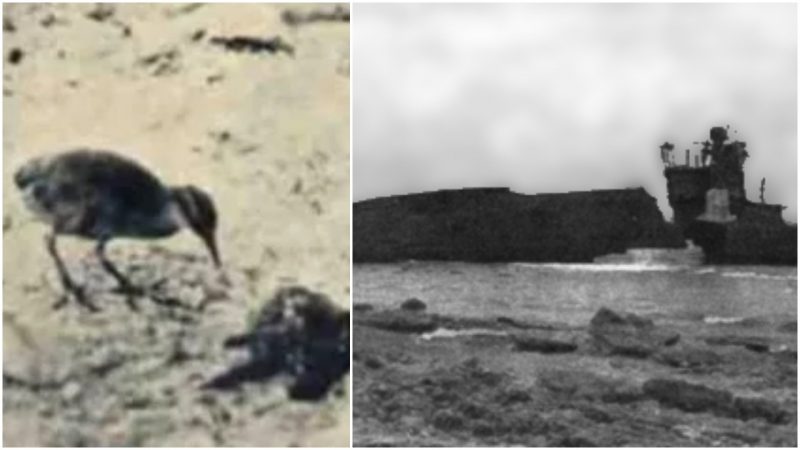In modern warfare, we have the ability to wreak the kind of destruction that has never before been seen in the history of this planet. When we think about the casualties of war, we usually think of human casualties, both soldiers and civilians.
However, the devastating effects of modern war spread far beyond the tragic loss of human life that results from large-scale conflicts.
For example, our wars have become so destructive and on such a great scale that some species of animals have actually been wiped out. One of these was a little-known bird called the Wake Island rail — a small brown flightless bird around the size of a small chicken.
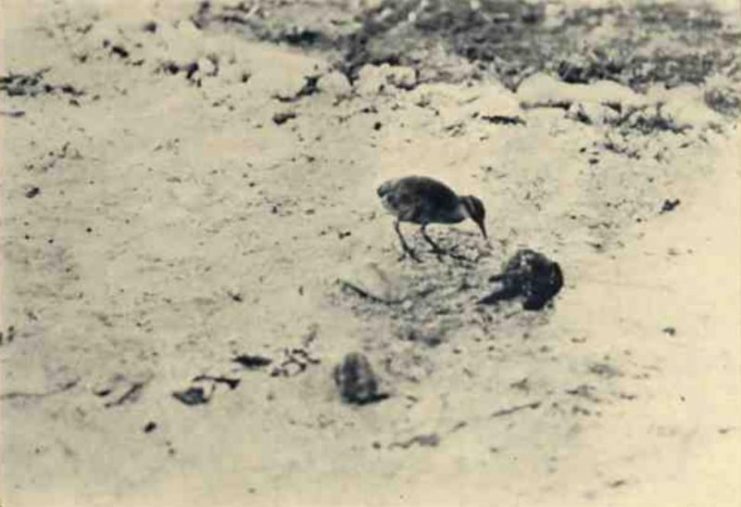
The Wake Island rail, while not being physically similar to the famous dodo, did live in similar circumstances to that ill-fated bird.
Both the dodo and the Wake Island rail lived on geographically isolated islands that were uninhabited by and uncontacted by humans. This meant that neither species had a healthy fear of humans, as most wild animals do. This lack of fear made them very easy to hunt, especially since both birds were flightless.
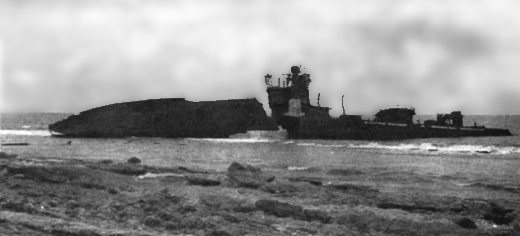
However, that’s where the similarities end. This goes for their physical characteristics as well as the ways in which they became extinct.
Most people have heard of how the dodo was wiped out. When Dutch sailors first landed on the uninhabited island of Mauritius in 1598, they immediately noticed how easy the slow, curious dodo was to hunt.
Through a combination of hunting and the introduction of invasive non-native animals by the Europeans, the last dodo on earth died around eighty years later. As for the Wake Island rail, though, the Second World War was the primary cause of its extinction.
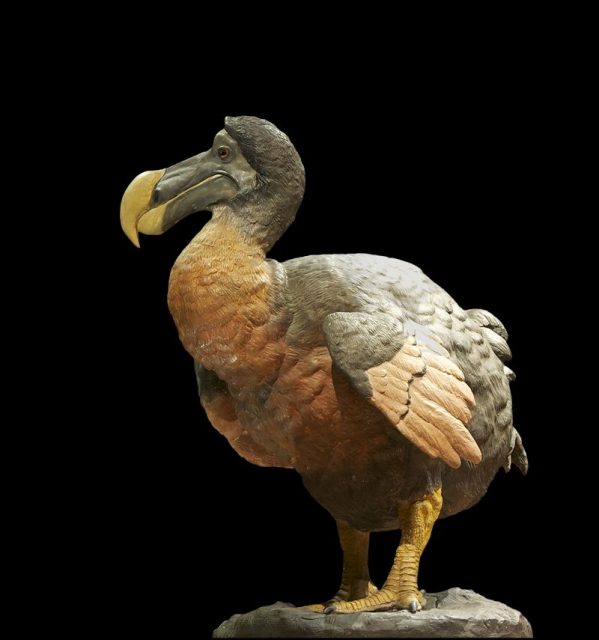
One of the largest theaters of war of WW2 was the Pacific theater. The conflict between the Allied Forces and the Imperial Japanese Army there ranged across a massive area incorporating both land and sea.
Wake Island is one of the most remote islands on earth, located in the middle of the Pacific ocean. It is 2,298 miles (3,698 kilometers) west of Honolulu and 1,501 miles (2,415 kilometers) east of Guam. Even though it was so geographically isolated, Wake Island would end up being part of WW2.
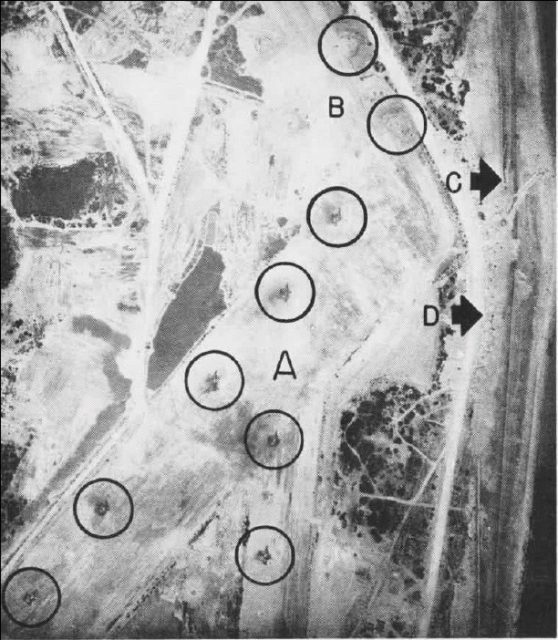
The United States Navy began constructing a military base on Wake Island in January 1941. In August of that year, the first permanent US military garrison was stationed there.
They would not end up occupying the island for very long, though, because the Japanese launched a large scale air assault on the island on the 8th of December, in tandem with the Pearl Harbor attack. They also tried an amphibious assault on the 11th, which was repelled.
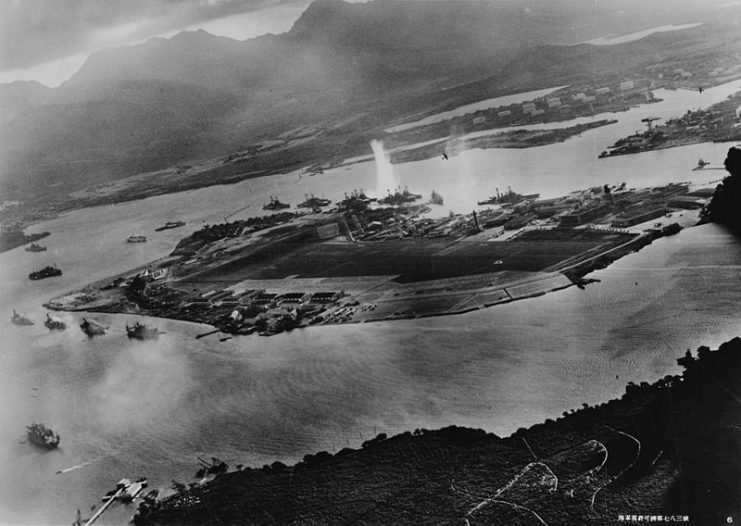
However, the small, isolated American garrison couldn’t hold out forever. When a reinforced Japanese force of vastly superior numbers returned for another amphibious assault on December 23rd, Wake Island was overrun.
The Japanese took over the garrison, stationing around 2,000 men there. The American civilians and soldiers who hadn’t been killed in the assault were imprisoned, some on Wake Island and some in other prison camps.
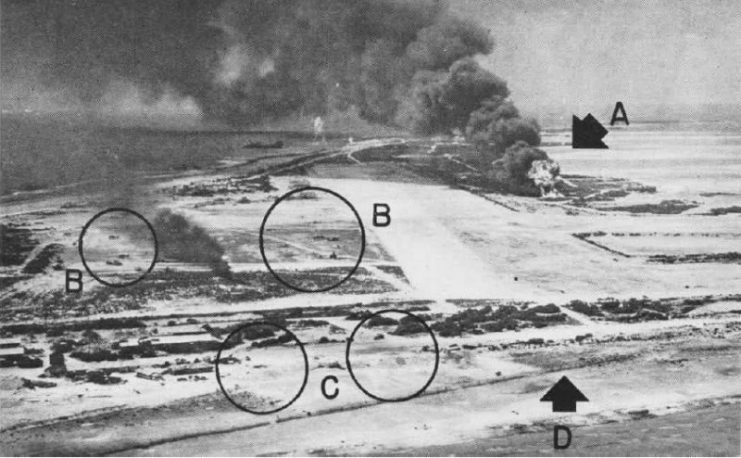
Wake Island ended up being the site of a notorious war crime. After a successful, destructive American air raid in October 1943, the Japanese commander of the garrison had all 98 of the American prisoners blindfolded and machine-gunned to death.
This air raid proved to have disastrous consequences not only for the Japanese occupiers of Wake Island but also for the Wake Island rail.
The rail had already suffered a decrease in population due to the battle for possession of the island and the subsequent air raids. However, the events following the American air raid in 1943 would end up putting the final nail in the coffin for the species.
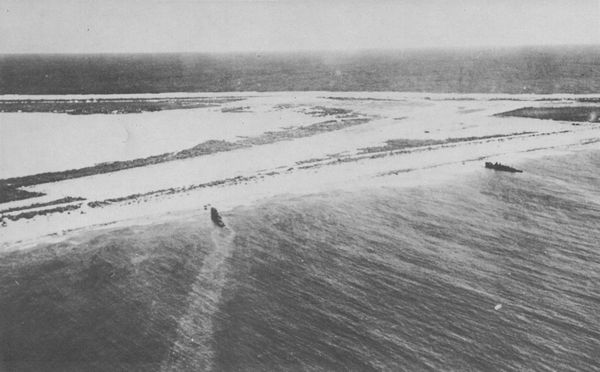
After the air raid, Wake Island was essentially cut off from supplies. As a coral atoll, the island had virtually no fertile soil. It was almost impossible to grow vegetables there. Very soon, the Japanese soldiers ran out of food. The only things left to eat on the island were rats, tern eggs, and the Wake Island rail.
Unlike the sooty terns that also occupied the island, the rails could not fly. They made easy pickings for the starving Japanese soldiers. Even so, more than three-quarters of the Japanese garrison had died of starvation by the time they surrendered to a detachment of US Marines in September 1945.
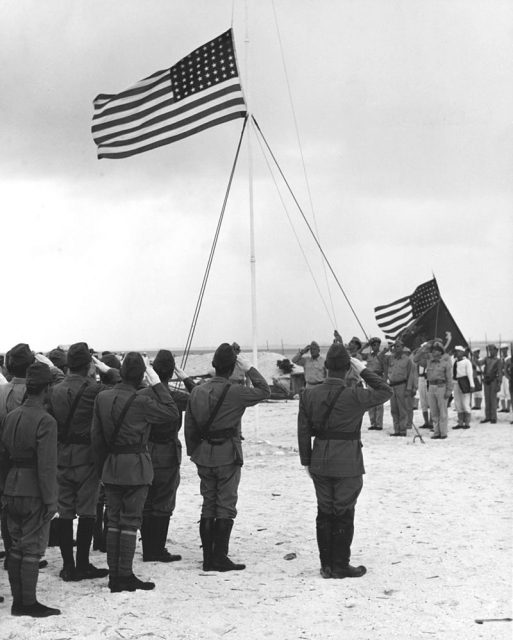
The United States troops got there in time to save the remaining quarter of Japanese troops from starvation, but they did not get there in time to save the Wake Island rail. When the US retook the island in 1945, the last ever rail had been killed and eaten. The species was extinct.
This incident was not unique in history. We can see similar episodes play out across the world.
On the continent of Africa, in which many large-scale conflicts are still raging, species like gorillas, chimpanzees, elephants, rhinoceroses, and other large and small creatures are suffering tremendous losses to their populations as a result of war.
We can only hope that these conflicts are resolved before more innocent lives – human and animal – are lost forever.
